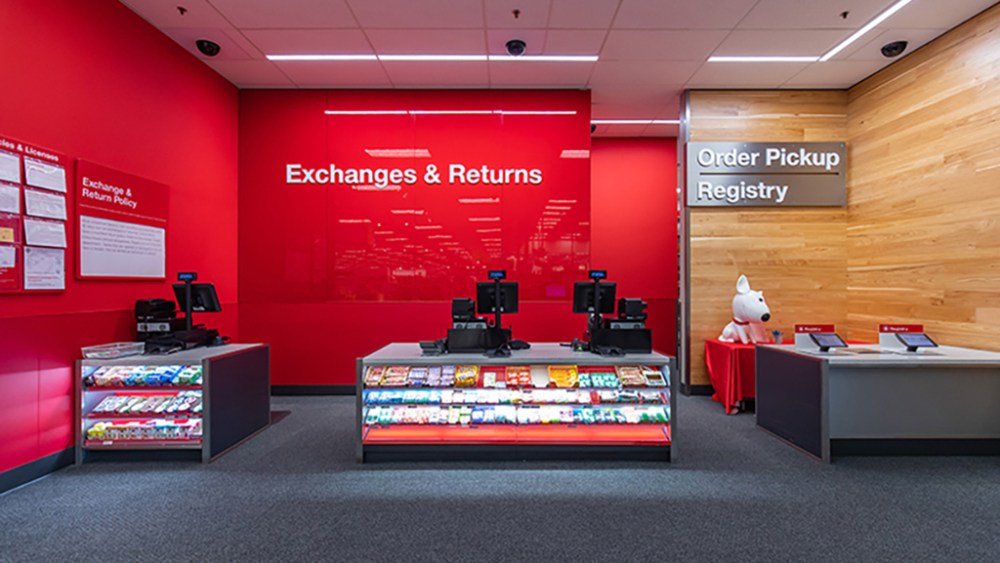Fraudulent returns and claims resulted in a $103 billion loss for retailers in 2024, according to Appriss Retail’s latest report.
In the retail analytics firm’s annual 2024 Consumer Returns in the Retail Industry Report in collaboration with Deloitte, Appriss found that 15.14 percent of all returns this year were deemed fraudulent, meaning a customer attempted to return an item to a retailer for a refund, knowing the item did not qualify for a refund according to the store’s policy.
Total merchandise returns for the year reached $685 billion, representing 13.21 percent of total retail sales, which amounted to $5.19 trillion in 2024, according to the report. Other findings included 60 percent of retailers surveyed reported incidents of “wardrobing,” or the act of consumers buying an item, using the merchandise, and then returning it.
Appriss Retail also found that 55 percent cited cases of returning an item obtained through fraudulent or stolen tender, such as stolen credit cards, counterfeit bills, gift cards obtained through fraudulent means or fraudulent checks.
You May Also Like
Plus 48 percent of retailers faced occurrences of returning stolen merchandise.
“It’s clear why retailers want to limit bad actors that exhibit fraudulent and abusive returns behavior, but the reality is that they are finding stricter returns policies are not reducing the returns fraud they face,” Michael Osborne, chief executive officer of Appriss Retail, said in a statement. “Our annual research highlights the serious problem of returns fraud, and why an AI-powered, data-driven approach to loss prevention can reduce fraud and keep consumers loyal.”
Kevin Mahoney, managing director of retail at Deloitte Consulting LLP, added that the rise of online shopping could increase fraudulent returns. “As retailers implement policies to address this issue, they should avoid negatively affecting customer loyalty and retention,” Mahoney said. “Effective policies should reduce losses for the retailer while minimally impacting the customer experience. This approach can be crucial for long-term success.”
Appriss Retail’s data aligns with a report released earlier this month from the National Retail Federation, which found that total returns for 2024 were projected to reach $890 billion.
According to the NRF’s early December report in collaboration with Happy Returns, retailers estimate that 16.9 percent of their annual sales in 2024 will be returned.
A separate NRF study found that for the 2024 winter holidays, retailers expect their return rate to be 17 percent higher, on average, than their annual return rate. However, retailers are taking preventive measures to address the higher volume by seeking additional support from third-party logistics providers (40 percent) and hiring additional seasonal staff to specifically handle returns (34 percent).

